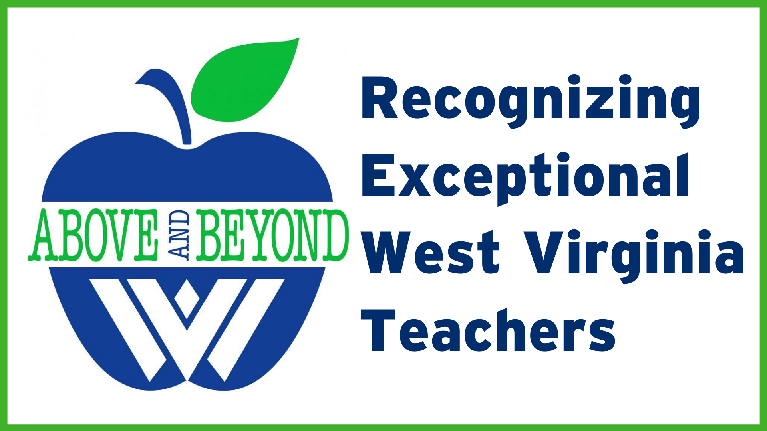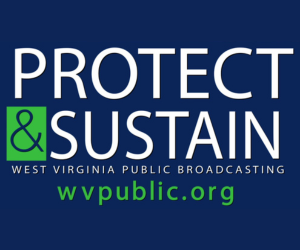Vandalia Gathering Launches Unofficial Start Of Summer
The Vandalia Gathering has been going on for nearly 50 years with a mixture of music, arts, storytelling and dance. People come from all over the region to enjoy the entertainment on the state capitol grounds. Admission is free.
Continue Reading Take Me to More News




















